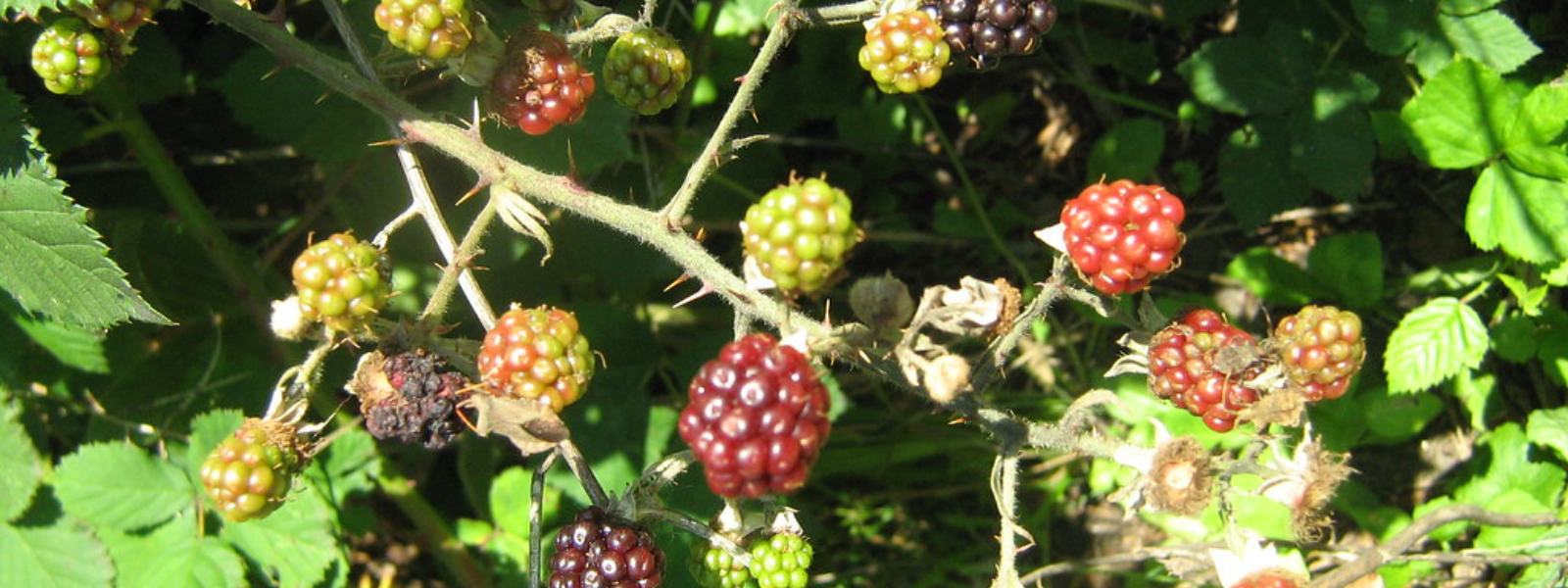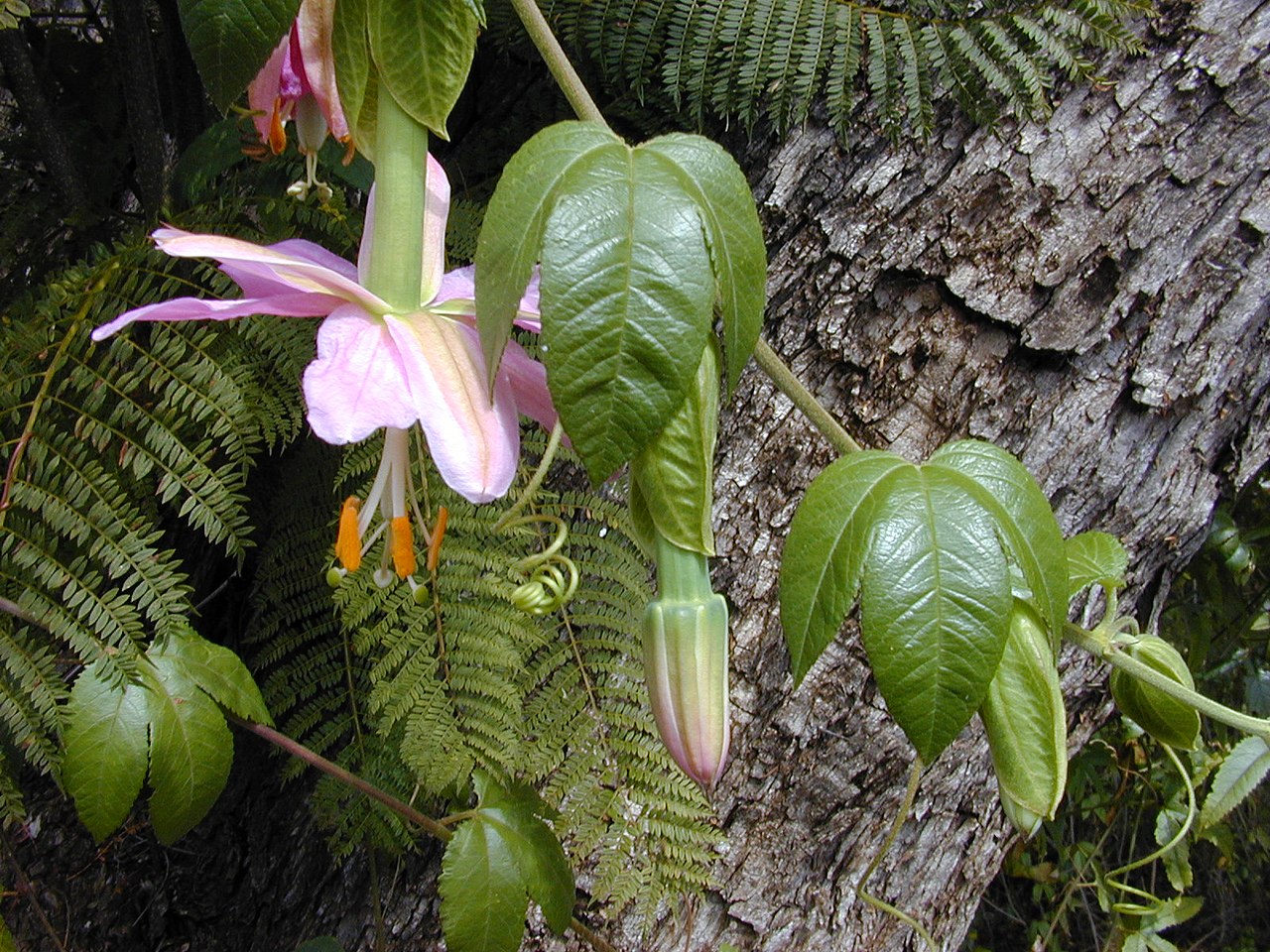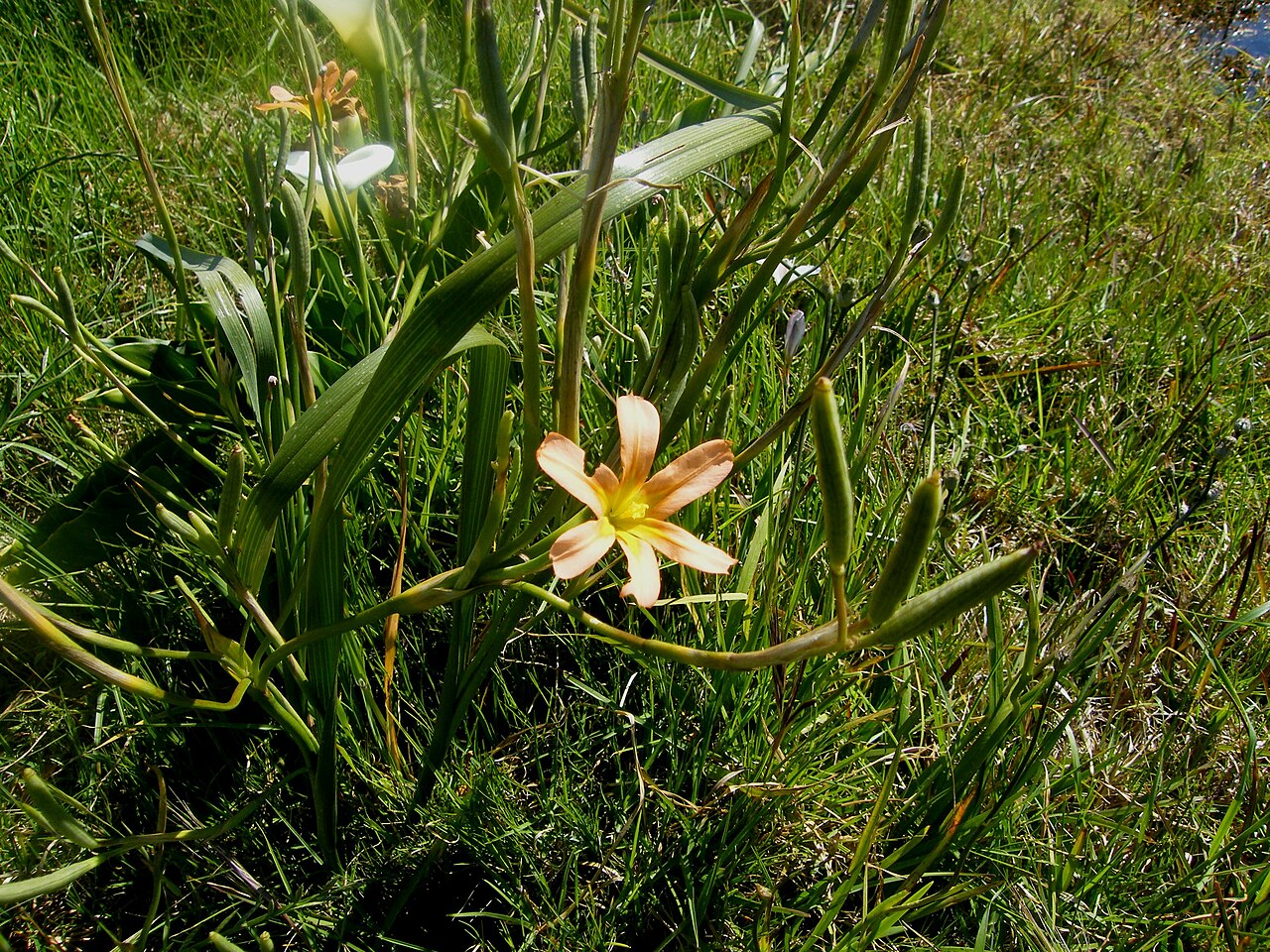
Common Name
Blackberry, Bramble, Brambleberry, and Wild Blackberry.
Scientific Name
Rubus fruticosus
Family
Rosaceae
Lifecycle
Perennial
Seasons of Growth
Spring to Autumn
Key Distinguishing Feature
Thorny shrub with edible black berries
Description:
• It typically grows during the warmer seasons, with fruits ripening in late summer and early fall.
• Growth Form: Blackberry is a woody, thorny shrub that can vary in height, often reaching up to 3 meters or more.
• Leaves: The leaves are compound, typically with three to five leaflets, and have serrated margins. They are typically green, with some variation in size and shape among different blackberry species.
• Stems: The stems (canes) are often arching or trailing and are covered in thorns.
• Flowers: The flowers are white to pale pink and have five petals. They occur in clusters.
• Fruit: The fruit is the well-known blackberry, which consists of numerous small drupelets clustered together into a juicy, dark-purple to black aggregate fruit.
• Habitat: Blackberries are found in a wide range of habitats, including open fields, forests, disturbed areas, and along roadsides.
Ecological Impact:
• Blackberry plants can be both invasive and beneficial, depending on the context. While they provide valuable fruit for wildlife and humans, they can also form dense, impenetrable thickets that outcompete native vegetation.
• In some regions, non-native blackberry species have become invasive and can negatively impact local ecosystems.
Control Methods:
• Control of blackberries depends on the context and management goals.
• Mechanical control methods include cutting, mowing, or grazing with animals, which can help manage the growth of blackberry thickets.
• Herbicides may be used for control, but care must be taken to use them safely and effectively, following local regulations.
• In agricultural settings, blackberries are sometimes cultivated as a crop, and cultivated varieties are selected for fruit production.
In summary, blackberries are well-known for their delicious fruit, but their management can be a challenge in both natural and agricultural settings, depending on their growth habits and species. Proper management practices are essential to balance the benefits and challenges posed by blackberry plants.
Key Products for Control:
-
Indigo MetForce - Metsulfuron Methyl
-
Indigo Rapid Fire 800 - Glyphosate (present as acid and ammonium salt)
-
Envu Method - Aminocyclopyrachlor (present as the potassium salt)




